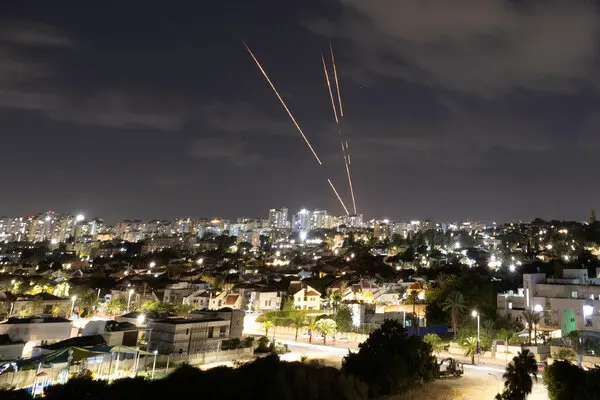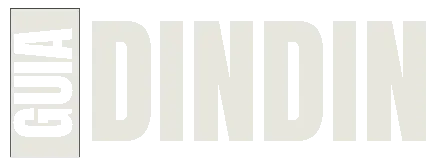
The Middle East has always been a hotspot for conflict, but recent escalations suggest the possibility of a wider war involving key regional players like Hamas, Hezbollah, and Iran. Over the years, these groups have been at the forefront of tensions, with Hamas based in Gaza and Hezbollah operating from Lebanon. Now, with Iran’s increasing involvement, the potential for a broader and more dangerous conflict looms large. NY TIMES
Iran’s support for Hamas and Hezbollah has been a major factor in the ongoing struggle against Israel. As these militant groups intensify their activities, the risk of a wider war that could engulf the region grows. Israel’s military responses and the political intricacies of the surrounding nations only add to the complexity, making peace seem ever more elusive. Understanding the motivations and tactics of these groups, as well as Iran’s influence, is crucial to grasping the full picture of the potential for an expanded conflict. U.S
This article will explore the roles of Hamas, Hezbollah, and Iran in the Middle Eastern conflict and assess how their actions could ignite a wider war with far-reaching consequences.
Wider War Hamas: The Long-Standing Catalyst of Tensions
Hamas, a Palestinian Islamist political and militant group, has been at the heart of the conflict with Israel for decades. Founded in 1987, Hamas controls the Gaza Strip and has consistently launched attacks against Israel, including rocket strikes and suicide bombings. Despite international efforts to broker peace, Hamas maintains a hardline stance, refusing to recognize Israel’s right to exist.
The group’s ideology is centered on the liberation of Palestine, which it defines as the destruction of Israel. Over the years, this uncompromising position has led to repeated flare-ups of violence, each time raising the stakes for a wider war in the region. As Israel responds with military force, the death toll mounts on both sides, deepening resentment and making a peaceful resolution seem impossible.
Hamas has grown more sophisticated in its tactics and capabilities, thanks in part to financial and military support from Iran. This backing allows Hamas to continue its armed resistance, even in the face of international sanctions and military pressure. With Iran’s help, Hamas has access to more advanced weaponry, increasing the risk of a wider war as Israel’s retaliatory strikes become more aggressive.
Hezbollah: Iran’s Proxy in Lebanon
Hezbollah, another key player in the region, operates from Lebanon and is often described as a state within a state. Established in the early 1980s, Hezbollah’s primary goal was to expel Israeli forces from Lebanon. Over time, it has evolved into a powerful political and military organization with significant influence over Lebanese politics. Like Hamas, Hezbollah receives substantial support from Iran, further cementing Tehran’s role in the broader conflict.
Hezbollah has engaged in numerous conflicts with Israel, most notably the 2006 Lebanon War, which ended in a stalemate but left Lebanon devastated. Since then, Hezbollah has expanded its military capabilities, amassing a significant arsenal of rockets and other weapons, many supplied by Iran. This increased firepower poses a direct threat to Israel and adds to the risk of a wider war breaking out in the region.
The group’s deep ties to Iran also mean that any conflict between Israel and Hezbollah could quickly escalate into a proxy war involving Iran. With Hezbollah’s foothold in Lebanon and its proximity to Israel, the possibility of simultaneous conflicts on multiple fronts grows, further heightening the chance of a wider war.
Iran: The Power Behind the Scenes
Iran’s role in the Middle East conflict cannot be overstated. As a major regional power, Iran has long sought to exert influence over its neighbors, often through proxies like Hamas and Hezbollah. Iran’s strategic goal is to challenge Israel’s dominance in the region while expanding its own sphere of influence. Tehran’s support for these militant groups, both financially and militarily, is a key component of its foreign policy.
Iran’s involvement complicates any efforts at de-escalation. Its funding and arming of groups like Hamas and Hezbollah not only prolong the conflict but also increase the likelihood of a wider war. Any direct confrontation between Israel and Iran would have catastrophic consequences, pulling in other regional powers and potentially leading to a full-scale regional war.
Moreover, Iran’s nuclear ambitions add another layer of complexity. Israel has repeatedly stated that it will not allow Iran to develop nuclear weapons, and tensions over this issue have only grown. A military strike by Israel on Iran’s nuclear facilities could be the spark that ignites a wider war across the Middle East, drawing in multiple nations and causing widespread devastation.
Conclusion
The potential for a wider war in the Middle East is very real, with Hamas, Hezbollah, and Iran playing central roles in escalating tensions. As these groups continue to receive support from Iran, the risk of a larger and more devastating conflict increases. Understanding the dynamics between these key players is essential for any hope of resolving the conflict and avoiding further bloodshed. Without significant diplomatic intervention and a shift in regional policies, the Middle East may find itself on the brink of a wider war with global repercussions.
